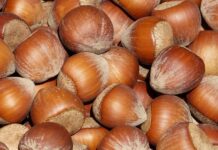
The increasing presence of micro- and nano-sized plastics in the environment and food chain is of growing concern. Although mindful consumers are promoting the reduction of single-use plastics, some manufacturers are creating new plastic packaging to replace traditional paper uses, such as plastic teabags. The study was published on Environmental Science and Technology.
The objective of this study was to determine whether plastic teabags could release microplastics and/or nanoplastics during a typical steeping process. We show that steeping a single plastic teabag at brewing temperature (95 °C) releases approximately 11.6 billion microplastics and 3.1 billion nanoplastics into a single cup of the beverage.
The WHO has stated that at the moment the damage caused by the introduction of microplastics in the human body has not been demonstrated, however, some studies have shown that microplastics can have an impact on human health through the gastrointestinal tract since within this lastly, by accumulating or promoting the transmission of toxic and pathogenic chemicals, they could influence the tolerance and immune response of the intestine.
Microplastics are very small plastic particles, with dimensions between 5 mm and thousandths of a millimeter. They can be formed by breaking away from larger pieces of plastic, through degradation or wear, but in some cases they are part of the manufacturing process of some products such as detergents and paints, but also of cosmetics (those that contain plastic microgranules, for example).






































